Earlier this month, House Judiciary Committee Chairman Jerrold Nadler (D-N.Y.) announced an investigation into “Threats Against the Rule of Law” on behalf of his committee that would seek to uncover abuses of power by President Trump and others involved in his administration and campaign activities. The announcement was accompanied by the release of 81 letters and document requests sent to individuals and entities that could have information related to potential wrongdoing by the president or his associates. While this document dump has been the largest and most reported-on oversight event of the 116th Congress, many other House committees have been busy investigating a range of activities within the executive branch.
In order to track official oversight by the House, the Governance Studies program at Brookings has developed the House Oversight Tracker, a web interactive that collects information on the oversight actions being taken by House committees in the 116th Congress. This tool allows users to track hearings and letters that are being held and sent by House Democrats in their efforts to conduct oversight of the executive branch. These oversight actions target everything from policies implemented by executive agencies to individual actions by Trump administration officials.
So far in the 116th Congress, 27 different House committees have held oversight hearings and 47 have sent letters requesting testimony, written documents, or other information pertaining to executive branch policies and activities. Due in large part to the investigation into “Threats Against the Rule of Law,” the Judiciary Committee leads all other committees in combined oversight actions. Chairman Nadler has additionally devoted resources to investigating family separation at the southern border and ensuring the testimony of former Acting Attorney General Matthew Whitaker.
The House Oversight Tracker also allows users to identify specific investigation areas of interest and filter based on those classifications. After the most recent government shutdown, five different committees held hearings on executive branch actions during the funding lapse; there were also sixteen different letters sent to executive agencies with inquiries about agency conduct. As chair of the Science, Space, and Technology committee, Rep. Eddie Bernice Johnson (D-Tex.) was responsible for sending half of these shutdown-related letters, which were received by the majority of the agencies that fall under her committee’s jurisdiction.
The tracker also sheds light on important details about how oversight is actually conducted in the House. Within each House committee, members also sit on subcommittees that have the authority to conduct oversight hearings. The Rules of the House require most committees with more than 20 members to either establish a specific oversight subcommittee of their full panel or to require their subcommittees to perform oversight. In the 116th Congress, subcommittees have been an important driver of oversight, holding more than eighty percent of all oversight hearings.
Moving forward, the House Oversight Tracker will provide regular updates on overall trends in oversight activity and highlight unique actions being taken by lawmakers. The project will run for the duration of the 116th Congress as Democrats hold the majority and use their majority status—as well as the power that comes with it—to provide a check on the executive branch.
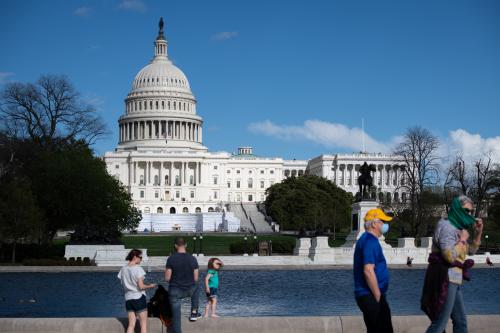
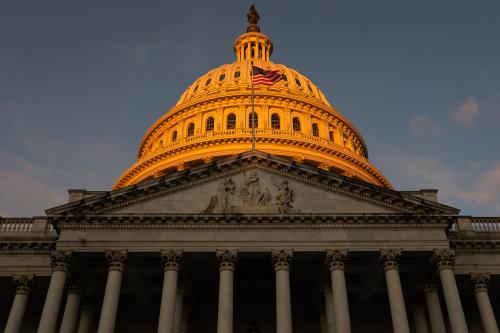
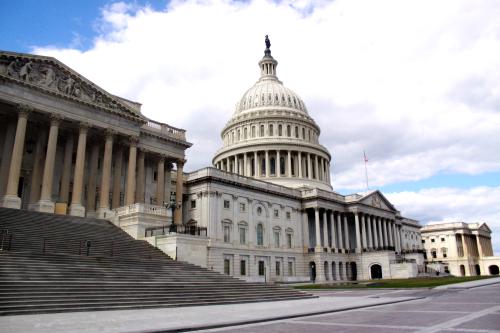
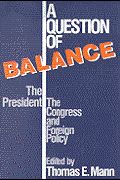

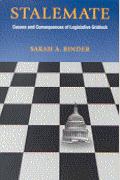




Commentary
Maintaining the rule of law: How House Democrats are conducting oversight in the 116th Congress
March 21, 2019